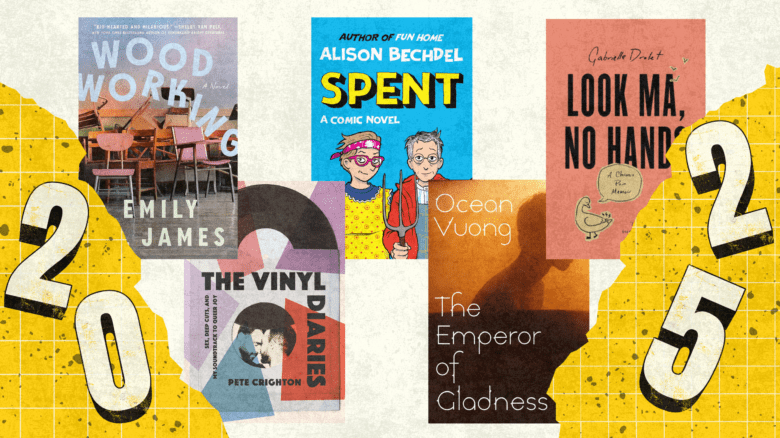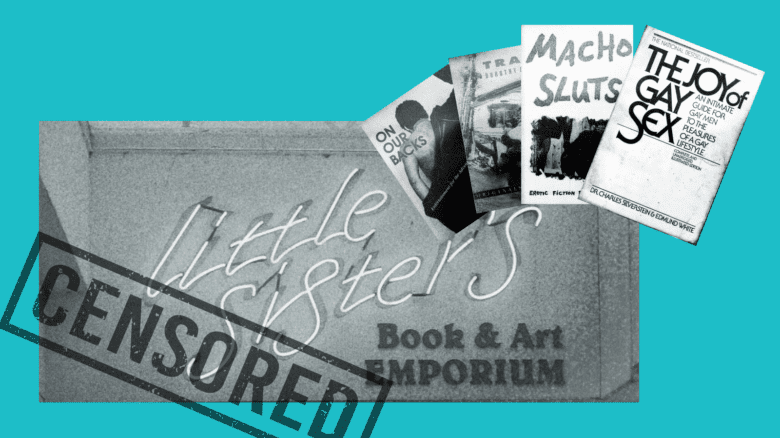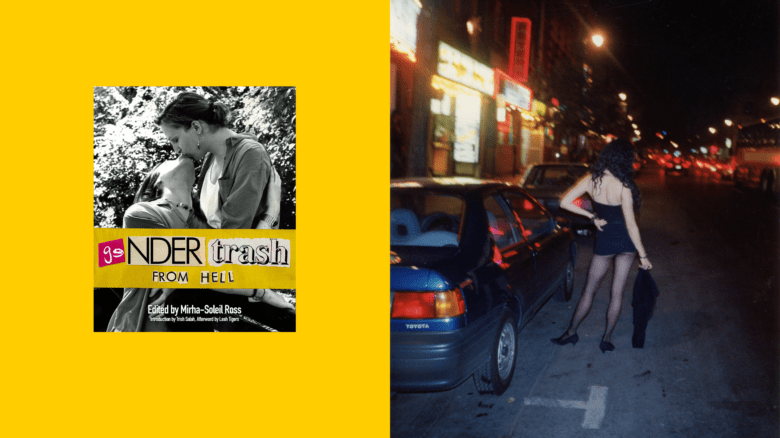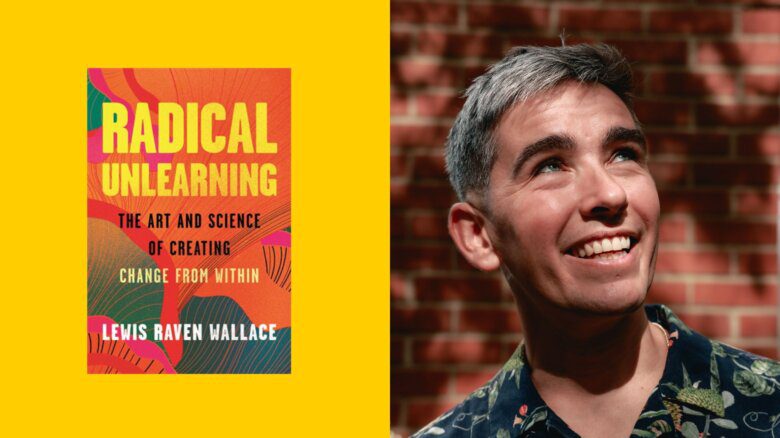“Did we ever learn anything about Nancy Reagan in high school?” I asked a friend.
Twitter went into a tizzy over an excerpt published in The Atlantic from Karen Tumulty’s new book, The Triumph of Nancy Reagan, which claimed that the former first lady valiantly attempted and failed to fight the conservative elements of her husband’s administration to get them to effectively engage with the American HIV/AIDS crisis during the 1980s. I didn’t think we learned about Nancy in high school, but my friend was a better student than I was, so maybe that happened while I was sleeping.
“We didn’t, but she was fucking awful. Both reagans were lol,” was her answer. A version of this answer was repeated when I asked the same question to people who attended high school up and down the Golden State of California. No one seemed to recall learning about the Reagans in high school. Any information they had was found on their own, which seems like an educational oversight, especially considering the conservative career of the 40th president of the United States germinated and developed in the so-called liberal stronghold of California. President Ronald Reagan would take office in January 1981, about six months before the U.S. Centers for Disease Control and Prevention would publish an article about a rare lung infection found in five young and previously healthy men in Los Angeles. This would later be understood as a foreshadowing of the coming HIV/AIDS crisis—one that continues to this day.
“Her decorator, Ted Graber, slept in the White House with his partner, possibly the first acknowledged same-sex couple to do so.”
As I think about her, Nancy cuts an undeniable shape in my mind: a white woman in a red dress with a cat-that-ate-the-canary smile. To some, I guess she might have been considered charming in a crisp, old-school polite way. Her persona gained her the friendship of white gay men, even though her husband, a Hollywood actor of the old school, thought homosexuality was a lifestyle choice. In contrast to her husband, some people thought she seemed more compassionate. “She was on the phone nearly daily with her friend Jerry Zipkin, the New York society gadabout. Her decorator, Ted Graber, slept in the White House with his partner, possibly the first acknowledged same-sex couple to do so. She was also sensitive to the specific dangers that gay men faced in society,” writes Tumulty. “When the author Truman Capote was arrested in Anaheim for disorderly conduct in the early 1980s, Nancy put in a frantic late-night call to Deputy White House Chief of Staff Michael Deaver, and begged him to find a way to get the renowned writer freed.” She was kind to her friends when it was convenient. But considering the influence she had on her husband—the influence she should have had on her husband—she did serious damage to the lives of the men she entertained and was entertained by.
The more I learn about her, the more it becomes clear how she’s became a simile to a seismic American cultural shift: American international power and influence was at a peak, and the deep inequities faced by its marginalized citizens were made apparent by waves of unmitigated death from a plague the Reagan administration made every effort to ignore and minimize.
Ronald died in 2004 when I was 12, and Nancy died in 2016, when I was six years out of high school and six years positive. Since formal education didn’t teach me anything about one of the country’s best known formative president/wife couples, the gap was filled by what I could find. Probably by virtue of being mixed race and working class, definitely by virtue of testing positive, to me, the information was never good. I quickly found out that if I asked any Black, brown or queer person over the age of 45 about the Reagans, their eyes would ignite with fire and they’d immediately jump into a list of fuck-offs explaining exactly why they were glad Ronald and Nancy are dead. Crack, poverty, mishandling of the AIDS crisis, an Iran-Contra scandal that destabilized the Middle East and that was a reason why large portions of Latin America fled their home countries to come to the United States—the Reagans had a hand in all of it.
Beyond those who felt the direct consequences of the Reagans’ actions, though, there has been a consistent effort to celebrate the couple. The Ronald Reagan Presidential Library and Museum is celebrating the 40th anniversary of the president’s inaugural year, declaring on their website that the anniversary presents an opportunity to “celebrate Ronald Reagan and his presidency, and to continue to preserve and promote the principles he held so dear—individual liberty, economic opportunity, global democracy and national pride.” And national media publications like The Atlantic published flattering excerpts of Tumulty’s book.
“It’s a crazy-making feeling, still, to learn that the longevity of my HIV-positive life thus far, and hopefully further, is in direct defiance of Reagan’s contempt for the epidemic.”
It’s a crazy-making feeling to live in the United States, raised by brown lives and families that are here because of Reagan’s actions against leftist leadership in Nicaragua, actions which subsequently destabilized El Salvador, Honduras and Guatemala, among other places. It’s a crazy-making feeling, still, to learn that the longevity of my HIV-positive life thus far, and hopefully further, is in direct defiance of Reagan’s contempt for the epidemic. How purposeful was it? He told his authorized biographer, Edmund Morris, that “maybe the Lord brought down this plague,” because “illicit sex is against the Ten Commandments.”
Ronald and his administration were indisputable homophobes, a title they earn with each new anecdote of homophobic jokes made by him and his administration. For example, during a 1982 press briefing with White House Press Secretary Larry Speakes, reporter Lester Kinsolving badgered Speakes with questions about the CDC announcement that AIDS was an epidemic with, at the time, more than 600 cases. Speakes responded with jokes and laughter.
With attitudes like these, it’s undeniable that this president did not even see the humanity in the queer and Black and brown communities AIDS was eviscerating.
Supporters are quick to point out that their tinseltown origins provided them with a circle of famous gay friends—proof that they were, at least, somewhat accepting and that Nancy did, in her own small ways, use her influence to support them. Though not always. When Hollywood heart throb Rock Hudson, an old friend of the couple who never came out as gay and only came out as having AIDS shortly before his death, went to France to get treatment for AIDS, his doctor wanted urgently to transfer him to the “only hospital in the world” that could offer necessary medical treatment to save his life or alleviate his illness. Nancy did not step in to make this happen. Hudson died nine weeks later.
I am reminded of a familiar ubiquitous tweet that runs across my timeline every Pride season: if your partner is homophobic, you are not actually an ally. So, while Nancy is the person who is credited for orchestrating and convincing her husband to give a speech at the 1987 amfAR (American Foundation for AIDS Research) fundraiser, which was hosted by friend Elizabeth Taylor, it is hard to consider it any type of success when part of Reagan’s speech was used to introduce harmful policy that barred anyone with AIDS from entering the country. Meanwhile, the speech did not include the words “homosexual” or “gay,” though, at this point in the crisis, men who had sex with men were still disproportionately affected by HIV/AIDS. By the end of the year, the United States would report 50,378 cases of AIDS and 40,849 deaths.
Tumulty, of course, is not the only one who has been revisiting the Reagan legacy during the anniversary of those first reports of AIDS. In the United States, at least, we are looking back during a new crisis, a new wave of citizen unrest and the continued failure of the government to face these problems.
In the early days of the COVID-19 pandemic, I was overwhelmed by fear of the virus and the government’s callousness; it was likely the closest I’ll ever get to experiencing what those affected may have felt early in the days of the HIV/AIDS crisis. I found solace in the frequent Zoom calls with What Would an HIV Doula Do?, an intergenerational collective of artists, activists, writers and culture workers who have been affected by HIV/AIDS in myriad ways. It was a space for use to release our anxieties, commiserate our losses and reflect on how the past informs the now. It was also a space for me to inherit the history I was robbed of, because AIDS took away so much of the generation that experienced it firsthand.
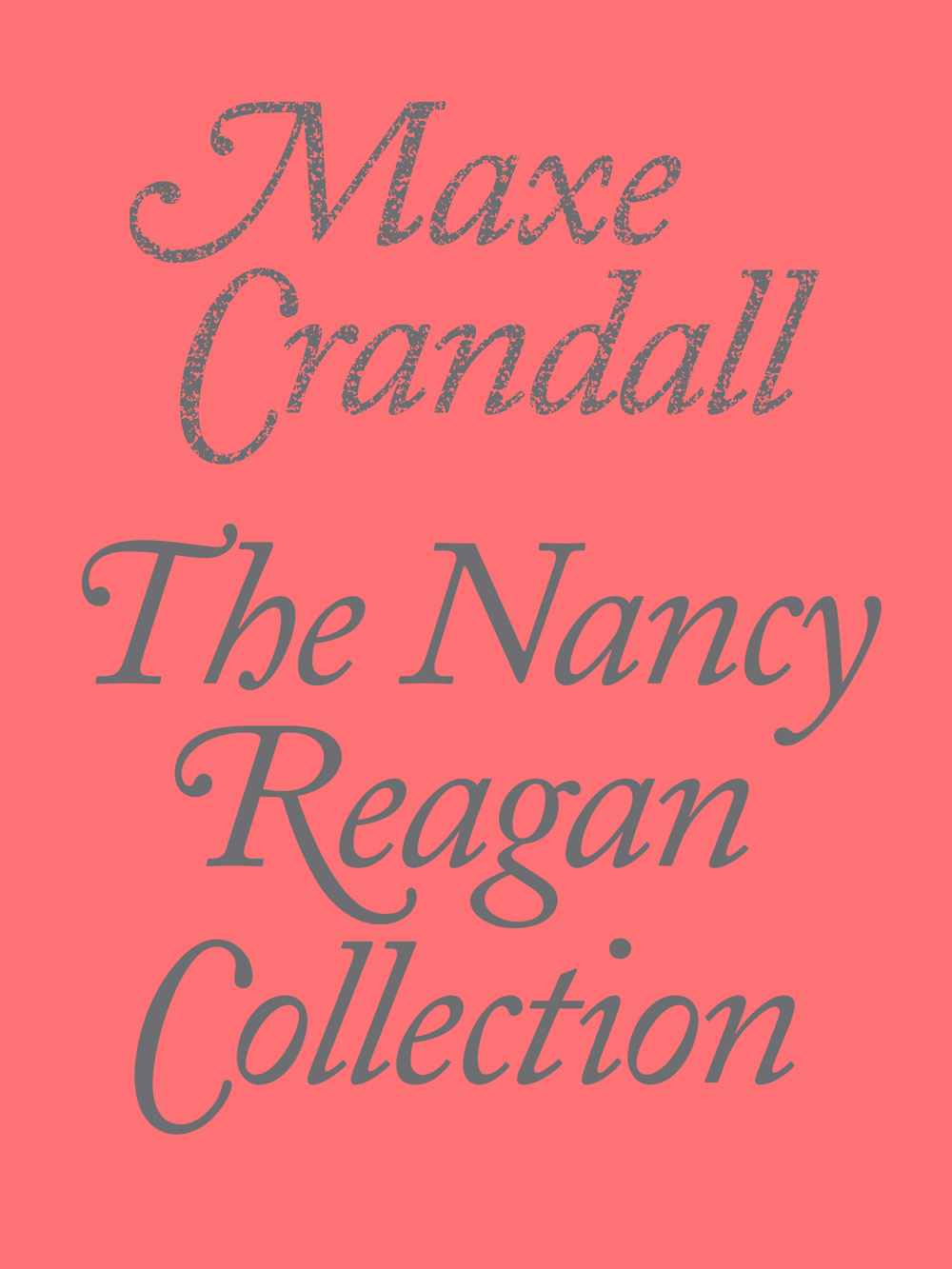
In the squares of Zoom, I met playwright, director and experimental poet Maxe Crandall. He was always joined by his partner, and Crandall’s contributions to our discussions—thoughts that felt like he’d been mulling them over for years—were delivered in a measured and confident voice. In the stampede of angry tweets on my timeline protesting The Atlantic excerpt, his stood out. He knows his stuff: he wrote a book of experimental poetry about Nancy, The Nancy Reagan Collection, which was a finalist for the 2021 Lambda Literary Award for Transgender Poetry.
During a phone call, I asked him about his decision to write about Nancy. “I grew up with the images of Reagan in my house,” he says. “I was interested in thinking about the violence the Reagans wrought across the globe, and how that trickles down to the smallest moments of our lives.”
What’s special about Crandall’s book (aside from its innovative layout and use of typeface, which we can’t replicate here), is that his poems unravel the symbolism and history of the Reagans and their era in order to hold the truth and consequences of their actions. In “Red Ribbon,” it’s the symbol of Nancy’s iconic red:
Nancy Reagan
before me
in the
avant red
I adore
and shy away
What’s a little haute couture to the woman who denies everything?
In “My Own Private Paradox,” her friendship with Rock Hudson is unspooled:
As we took tea in the East Wing,
Nancy told me that Rock
had AIDS and was
trying to reach her.
She said a journalist undercover as a landscaper had pushed her to divulge secrets in the Rose Garden
“I feel so violated,” she said, pulling her long skirt
across her sins. She blinked into the sun like a cat.
COOKIE MUELLER NOV 10 1989
And in the most ambitious sequence, “Irresistible Force,” Crandall uses references to the video game Contra to critique the Reagan administration scandal that involved funding Nicaragua’s Contras (who took up arms against the elected leftist government) with the illegal smuggling of drugs. America’s actions caused a domino effect of human rights violations, and consequences that disproportionately affected Black and brown Americans:
PLAYER 2
The Reagan administration’s support of the Contras was funded through
the illegal smuggling of crack cocaine from Nicaragua to Los Angeles.
At his 1996 trial, “Freeway” Rick Ross’s lawyers claimed the crack he sold
came from the C.I.A.
The experimental poetic form Crandall uses allows him to include the names and dates of people who died from complications due to AIDS, as well as citations and asides that allude to the consequences of the Reagan government’s actions.
Crandall and I also spoke about why now seems to be an opportune time for these events to be revisited. Zoom calls with two other collective members, Theodore (ted) Kerr and Alexandra Juhasz, introduced me to the concept of “AIDS Crisis Revisitation.” Kerr is a Canadian-born, Brooklyn-based writer, organizer and artist who I first met late one drunk night in a burger joint. Juhasz is a distinguished professor of film at Brooklyn College, a feminist writer, theorist of media production and a longtime activist. She attended many of the early AIDS protests which, in getting the government and big pharma to take action on HIV/AIDS, probably saved my life before I even had a life to save.
“Why it always gotta be about the ’80s?”
Kerr and Juhasz have tracked the resurgence of art and discussion about HIV/AIDS, describing it as “reunions between estranged activists, cross-generational conversations, new projects” and an opportunity to expand the narrowness of past conversations on the topic. I’ve found that the stories told are usually centered in the past, and I am reminded of a complaint I make to friends anytime a new piece of HIV/AIDS storytelling comes out: “Why it always gotta be about the ’80s?” Learning so much so quickly about the Reagans, it’s clear that it’s because we have not fully grasped the full implications and reverberations of the era.
The Reagans are still hurting people; people are still dying because of them and their foundation of shameful policies, funding and attitudes around HIV/AIDS—that’s why it’s so important to get it right.
So that we can remember that Nancy “was fucking awful. Both reagans were lol,” and push for more accountability and progress.
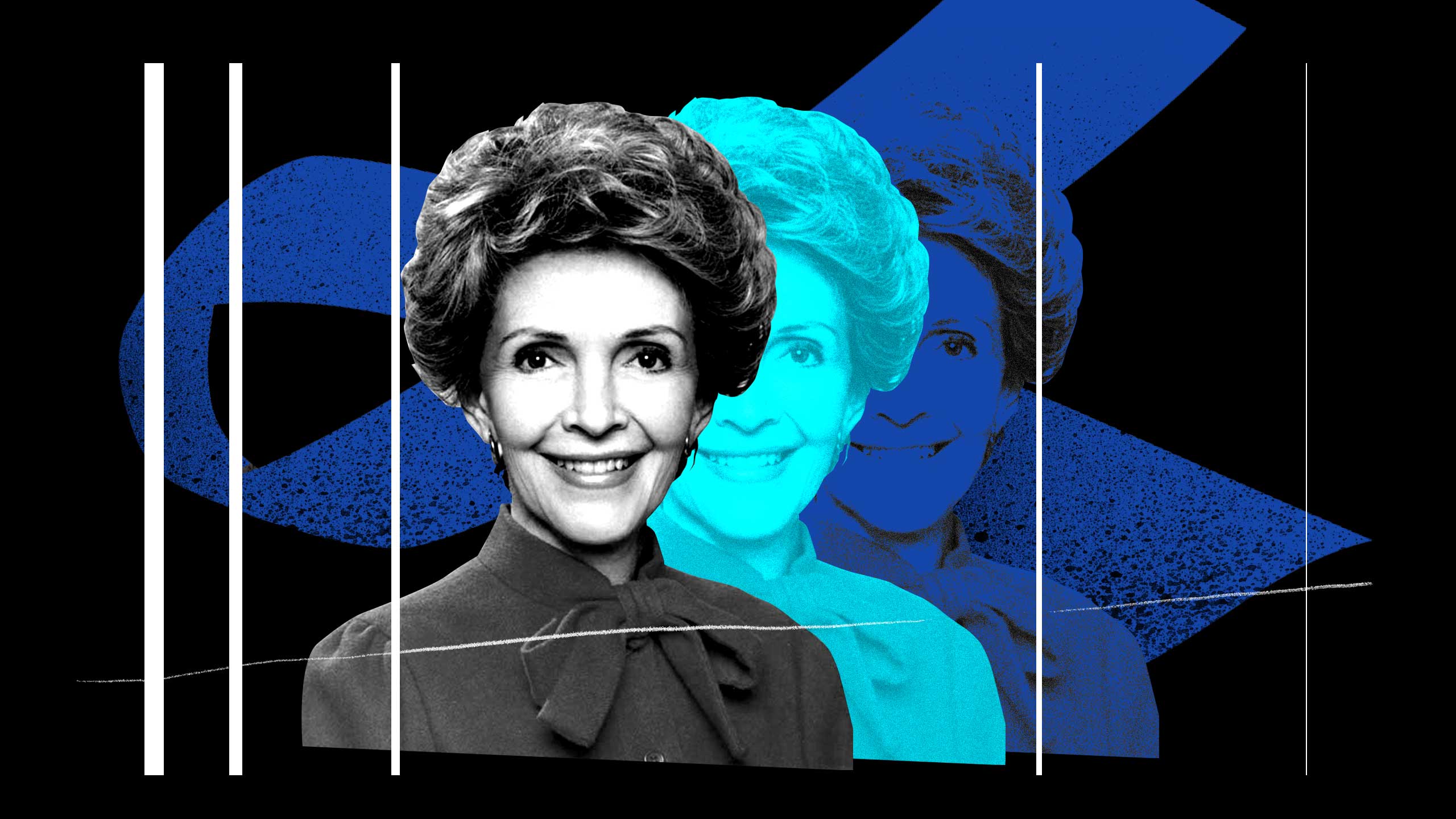

 Why you can trust Xtra
Why you can trust Xtra